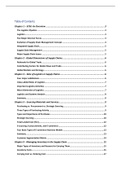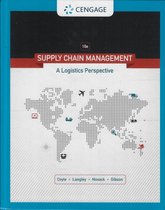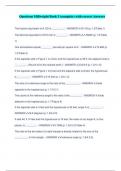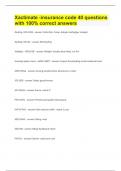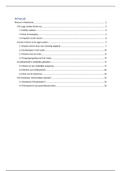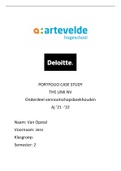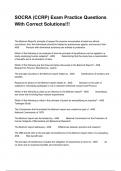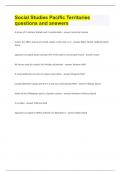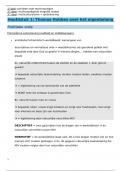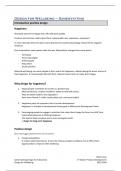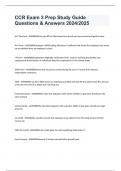Samenvatting
Detailed Summary SCM Exam Theory in BSC2 (Chapters 1,2,3,5,9,13)
- Instelling
- Hanzehogeschool Groningen (Hanze)
Detailed summary SCM Exam Theory in BSC2 from chapters 1,2,3,5,9 and 13. Everything you need to pass the exam. A mix of book and PowerPoint Theory, with all the important information covered in the weekly slides and theories added from the book.
[Meer zien]
